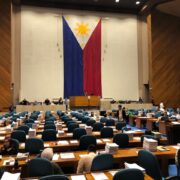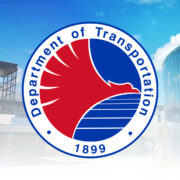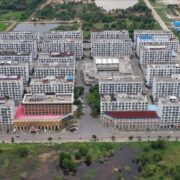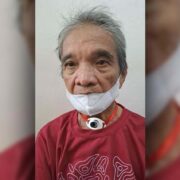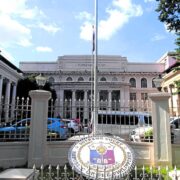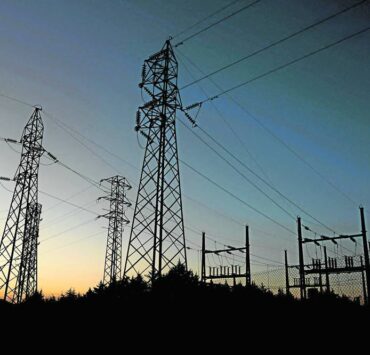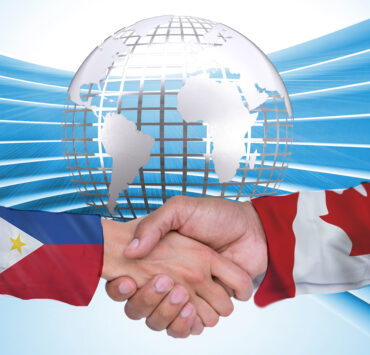Cashless payments now online at MRT 3
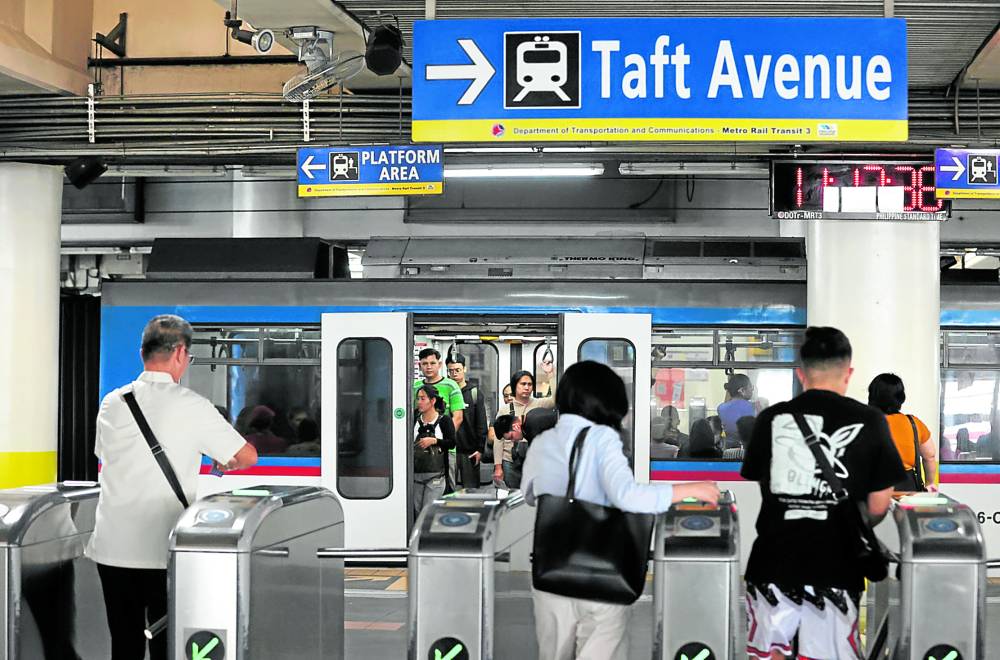
Cashless payments and free Wi-Fi connections are now available for commuters at the Metro Rail Transit Line 3 (MRT 3), the Department of Transportation (DOTr) announced on Friday as it launched its train electronic system.
“This system is actually the first in the world,” Transportation Secretary Vince Dizon said during the launch at the One Ayala MRT 3 Station.
Cashless train fare payments were actually introduced by Japan in 2006, followed by France the following year. The United States and Australia now have electronic payment platforms for all modes of transportation, including buses and ferries, via all major e-wallets.
But Dizon was referring to its adopted system, which initially charges a commuter P28 for the entire length of the MRT 3, but refunds excess payment, or “change,” when the passenger taps out at the desired station of disembarkation.
Passengers can use their credit or debit cards or GCash e-wallet, but Dizon emphasized that there will be no additional fees.
“What will be deducted from your GCash, your credit cards, your debit cards, would be the same as if you bought a single-journey ticket or Beep card. There will be no additional charge,” he said.
Bank card users can already use their accounts, but GCash e-wallet users will have to initially register and approve a separate end-user agreement to access “Commute QR” platform.
GCash CEO Renren Reyes said Android phone users can also pay via the e-wallet’s “Tap to Pay” facility and the company is already working on making the system available on iPhones.
Dizon said they are also working on including the discounts mandated for students, senior citizens and persons with disabilities (PWDs) in the cashless payment options.
‘No discounts yet’
“Unfortunately, as of now, you still have to buy a single-journey ticket, if you want to avail the discount,” Dizon said in Filipino. “But our various partners assure us that they are speeding up the reconfiguration of the system so that we can also incorporate the discounts for students, PWDs and seniors.”
The DOTr chief noted that they will continue to improve the system, as they seek to also implement the cashless payment options at the Light Rail Transit Line 1 and Light Rail Transit Line 2 in the coming months.
Free Wi-Fi
At the same event, Information and Communications Secretary Henry Aguda announced free Wi-Fi connections at the MRT 3 line to support the launch of the electronic payment system.
The DICT chief said they are also working to implement accessible Wi-Fi connections inside train cars as well as all transport hubs in the country. According to popular US internet speed testing service Ookla, the country’s internet connectivity has improved significantly in 2025 under President Marcos’ “Broadband ng Masa” Program with an average download speed of around 94.4 megabytes per second (Mbps) in Metro Manila and the Calabarzon (Cavite, Laguna, Batangas, Rizal and Quezon) region.
But a study of the government think tank Philippine Institute for Development Studies, shows that internet speeds in Eastern Visayas remained at 40Mbps and the Bangsamoro Autonomous Region at 10Mbps.




